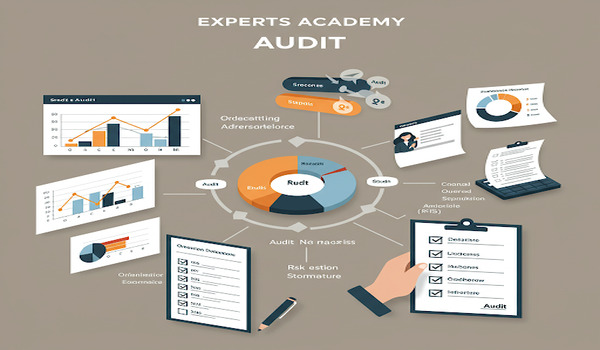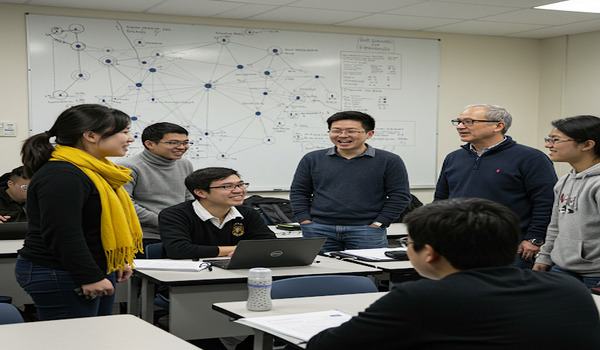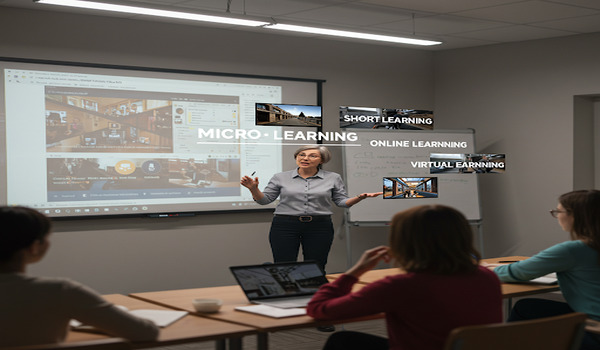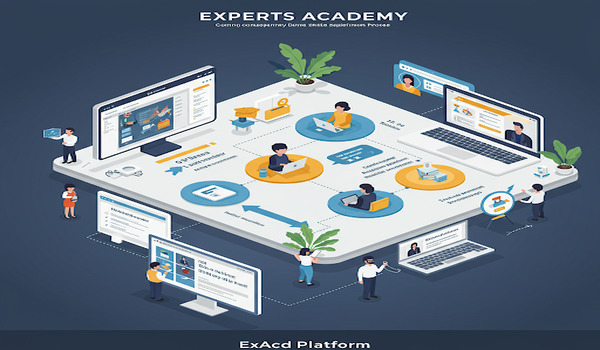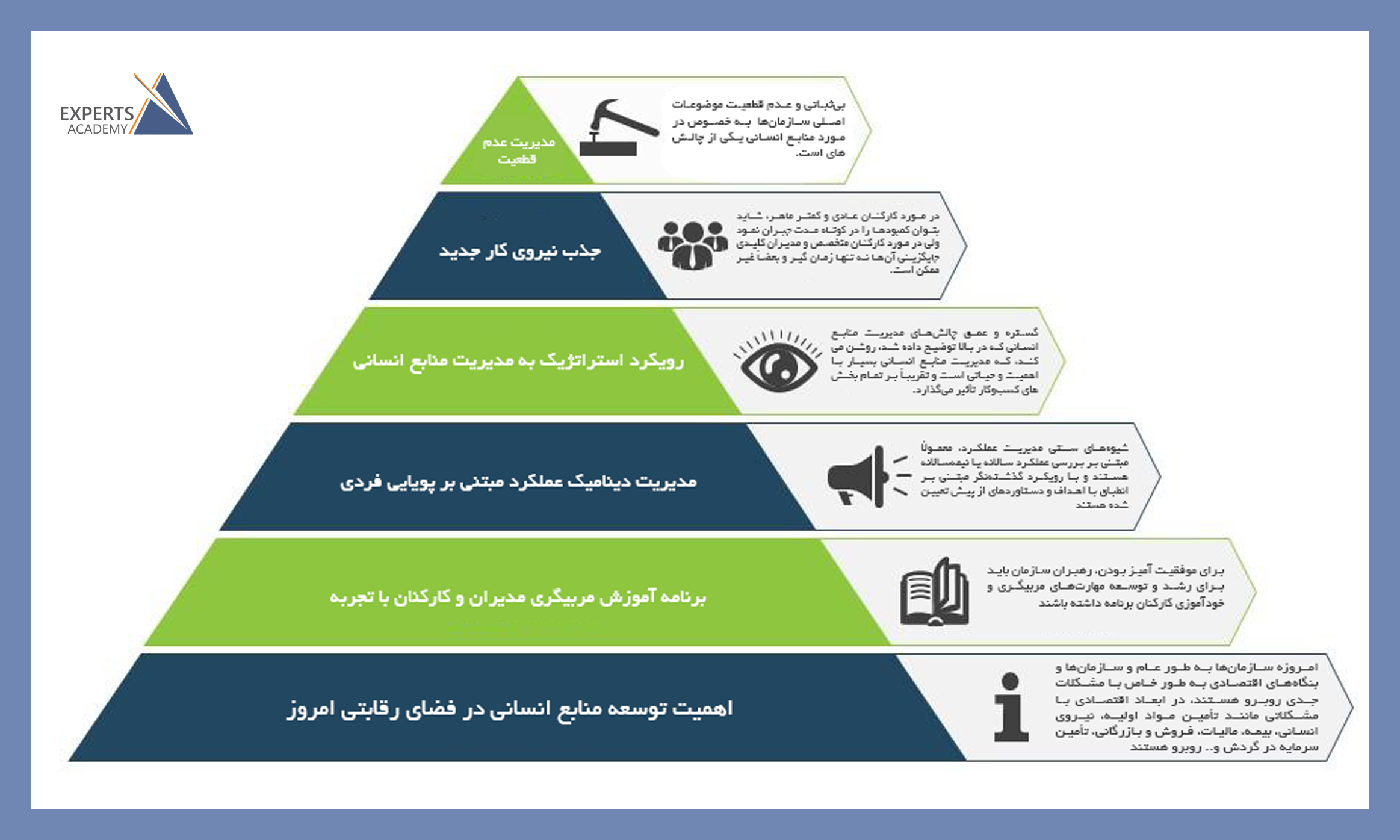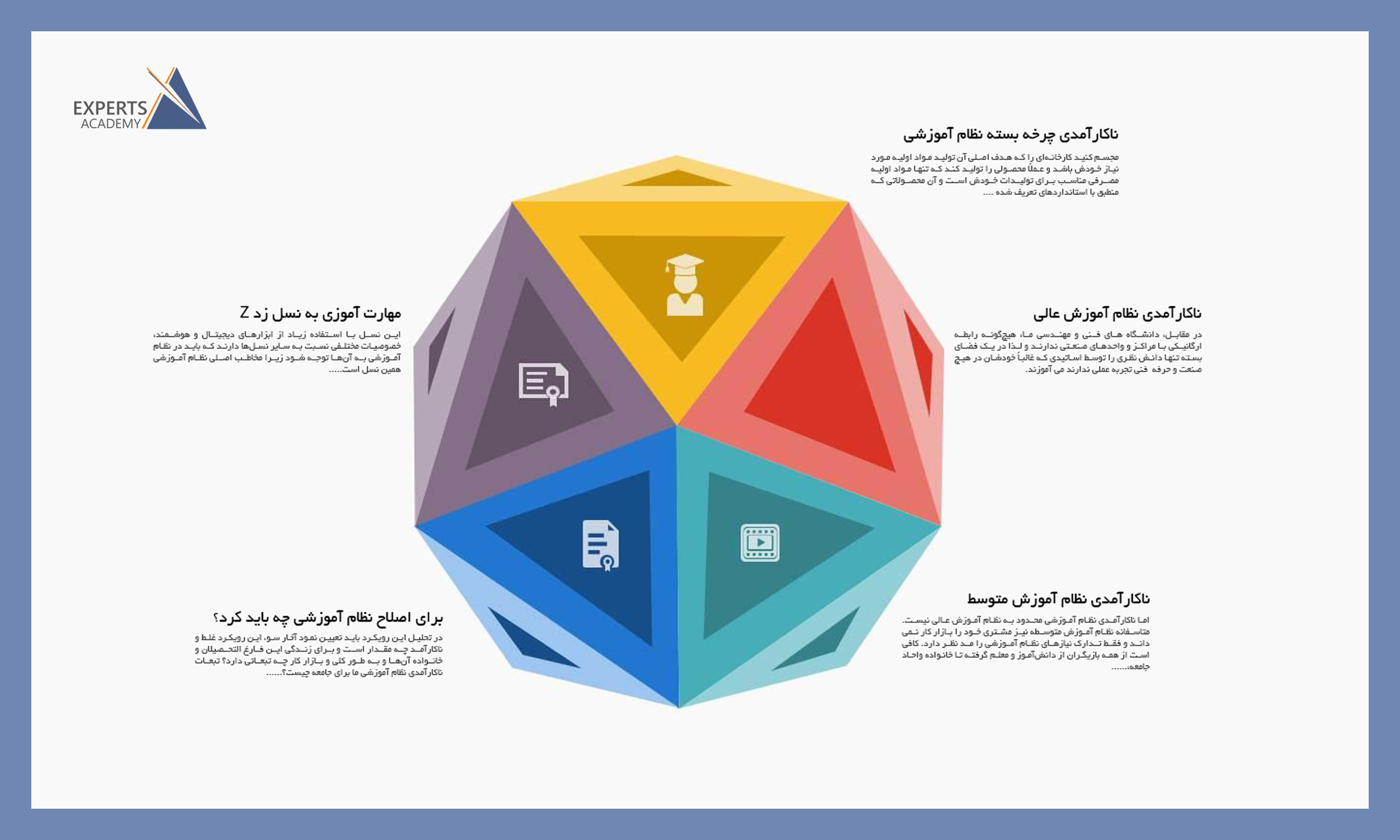What is the mentorship system?
The Mentorship System is a modern and comprehensive approach to developing practical skills and addressing organizational challenges. Unlike traditional HR training methods, this system emphasizes hands-on, goal-driven learning.
At Experts Academy, we believe that skill development should revolve around problem formulation by mentors and solution implementation by learners, carried out in a real operational environment within the organization.


Why implement a mentorship system in your organization?
In today’s rapidly evolving world of science and technology, traditional education no longer meets the needs of modern industries and organizations. The mentorship model, focusing on practical, project-based, and purpose-driven learning, offers a fresh solution for keeping managers and employees up to date in this turbulent era.
Each learner is provided with a personalized roadmap based on a thorough assessment of their skills and organizational needs. This approach not only strengthens individual weaknesses but also enhances the productivity and effectiveness of the entire organization.
Learners become actively responsible for their own learning, while also engaging with real-world problems and absorbing the tacit knowledge of experienced mentors. The result is a workforcethat is skilled, agile, and ready to face future challenges.
readd more


